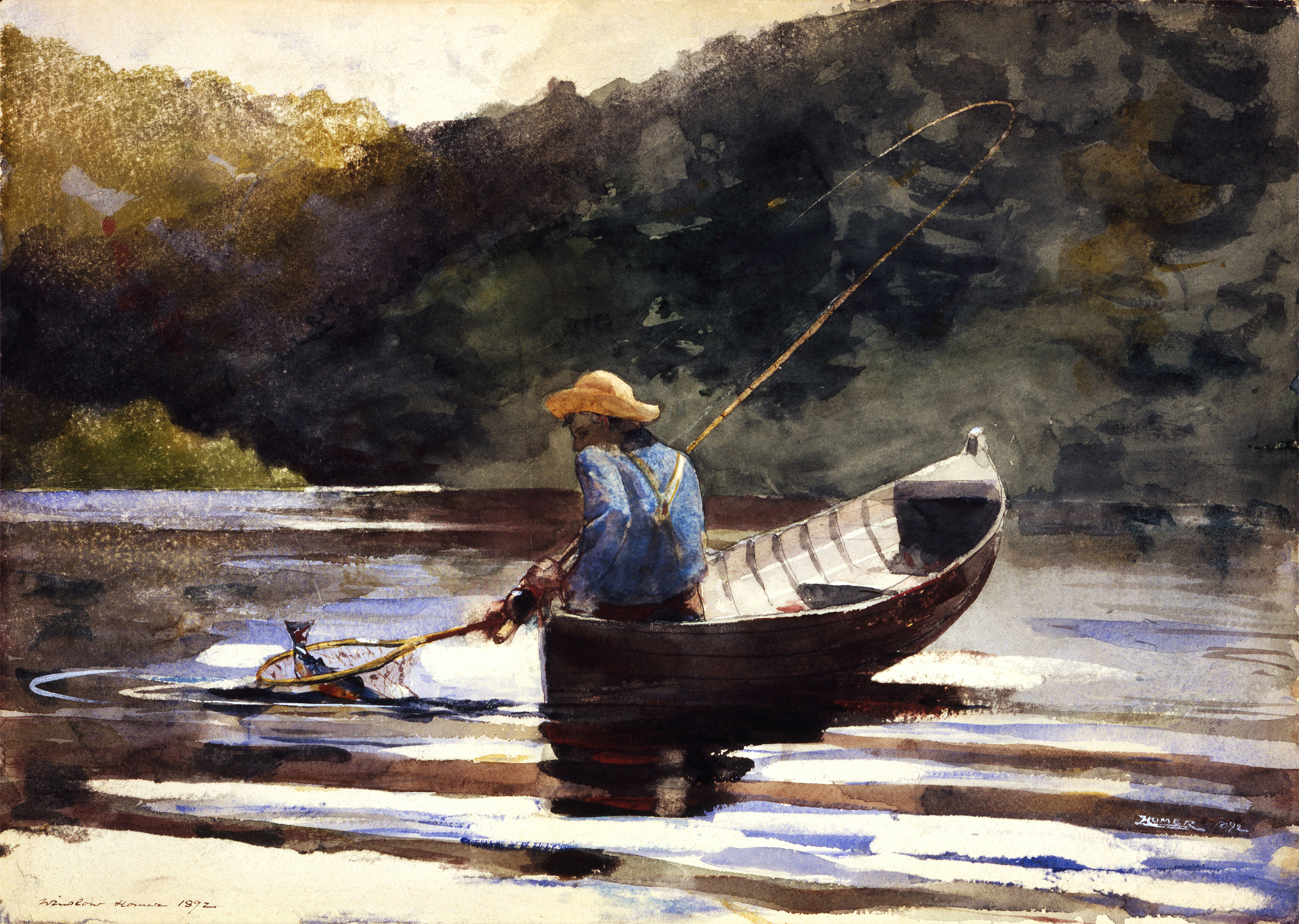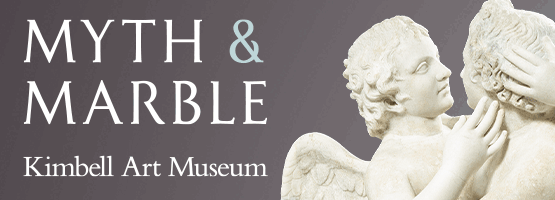The majestic portrait has commanded viewers’ attention for 250 years. Eight feet tall, it offers a full-length view of a British aristocrat in full ceremonial regalia, complete with coronet, golden gown and red-velvet cape lined with ermine.
As both a treasure and, in a sense, a new discovery, Reynolds’ Lady Arundel embodies the show’s theme like nothing else. Time and misguided retouching had obscured the painting’s richness, says Jessica Powers, the museum’s interim chief curator. The museum sent it over to the Museum of Fine Arts, Houston, where conservators cleaned off discolored varnish and removed the dark overpainting. Their work brings us as close as we can come—considering the natural, irreversible changes in certain pigments—to what Reynolds saw on his easel.
“A lot of detail is visible now,” Powers says. “There are patterns on the drapery that you couldn’t see before. The colors of (Lady Arundel’s) skin and the colors of the sky behind her are much brighter and fresher.”
One work making its debut is the enigmatic Petrosphere, a stone sphere about two feet in diameter. “The Petrosphere is fascinating,” Powers says. “If you didn’t know anything about it, and you just walked into the gallery and saw it sitting on its platform, you might think it’s a contemporary sculpture.” But no: It’s one of hundreds of spheres created centuries ago by pre-Columbian residents of Costa Rica’s Diquís Valley.
“Archaeologists have been studying these for quite a while, but they don’t know exactly what the purpose and the meaning of these spheres are,” Powers adds. “Most of them have been found in alignment, but it’s not clear (why). They demarcated the space of the land in some way that was significant to those people.” Few U.S. museums own examples of the spheres, she adds, so it’s “a special thing that we have in our collection.”
Another never-before-shown exhibit contains the work of refugees from El Salvador’s 1980s civil war. After the displaced people arrived in a refugee camp in Honduras, Powers explains, some of the women embroidered scenes of their homeland’s upheaval onto cloths used for wrapping tortillas.

1 ⁄8
Crown, China, Liao dynasty (907–1125), Gilt bronze, h. 11 7/16” , Purchased with funds provided by the Bessie Timon Endowment Fund, 2021.1.1

2 ⁄8
Eldzier Cortor, Dance I / Diptych, n.d., Mezzotint, inkless embossment, with hand coloring on paper, 21 7/16 x 13 13/16 in. (54.5 x 35.1 cm), Gift of the Eldzier Cortor Trust in memory of Sophia Cortor. 2012.24.3

3 ⁄8
Cat Mummy, Egyptian, Roman period, 30 B.C.–395 A.D., Cat remains, linen, pigment, 20 × 7 in. (50.8 × 17.8 cm), Gift of Gilbert M. Denman, Jr., 91.80.206, Photography by Peggy Tenison

4 ⁄8
Winslow Homer (American, 1836–1910), Boy Fishing, 1892, Watercolor on paper, 14 5/8 x 21 in. (37.1 x 53.3 cm), Purchased with funds provided by the Robert J. and Helen C. Kleberg Foundation and Friends of the San Antonio Museum Association, 86.130

5 ⁄8
Sir Joshua Reynolds (English, 1723–1792), Mary, Lady Arundell of Wardour, ca. 1767–1768, Oil on canvas, 95 x 58 in. (241.3 x 147.3 cm), Purchased with funds provided by the Sarah Campbell Blaffer Foundation, 81.74

6 ⁄8
Peach Blossom Spring (Detail), China, ca. 1662-1722, Handscroll with ink and colors on silk, painting: 12 in. x 106 in.; San Antonio Museum of Art, gift of Robert K. Winn, 64.291.97.

7 ⁄8
Amulet, possibly from Iran or India, 19th or early 20th century, carnelian, with silver mount and chain, h. 1 1/2 in. (3.8 cm); w. 2 in. (5.0 cm), Gift of Anne Wallace in memory of her grandmother Lucile Matthews Brittingham, 2013.19. Photography by Peggy Tenison.

8 ⁄8
Tade Styka (French, born Poland, 1889–1954), Pola Negri, ca. 1924, Oil on canvas, unframed: 54 1/4 x 42 1/2 in. (137.8 x 108 cm), framed: 66 3/4 x 55 in. (169.5 x 139.7 cm), Bequest of Pola Negri, 87.39.1
A work from China illustrates a different response to the world’s violence. Peach Blossom Spring, a nine-foot-long painted silk scroll dating from about 1700, illustrates a poem created by an author who lived during a time of political instability. He turned away from reality, Powers explains, by “imagining a place that’s ideal.”
“In the story, a fisherman travels through a grotto or cave and stumbles upon a utopian community,” Powers says. “Peach trees are flowering. There’s no sickness, there’s no hardship—they’re completely isolated from the ills of the outside world. After he leaves, he’s never able to find it and go back.”
The scroll, out of sight for years because its backing deteriorated, can go on display again thanks to recent conservation, Powers says. In the gallery, it will be partially open, revealing its “mountainous landscape in brilliant blues and greens…with the humans and buildings tucked in.” To complete the viewers’ picture, an adjacent QR code will enable them to watch a video of the entire painting scrolling past.
The exhibition also will offer behind-the-scenes glimpses of art works and the museum. “We’re trying to share some stories…that are a little different from the traditional kinds of interpretations you see in an art museum,” Powers says. One example: For the first time in years, the museum will display a mosaic that came into it described as a work from the Roman empire—but turned out to be a modern-day fake.
“It’s very glamorous,” Powers says. “If you look at old Hollywood promotional photos of her, she looks at you with her eyelids half-lowered in this come-hither manner. The painting captures that. She’s wearing this emerald-green gown and a big wrap with fur trim. She has green eyes and a green ring. And red fingernails. It’s impressive. I think people will like it.”
-STEVEN BROWN




